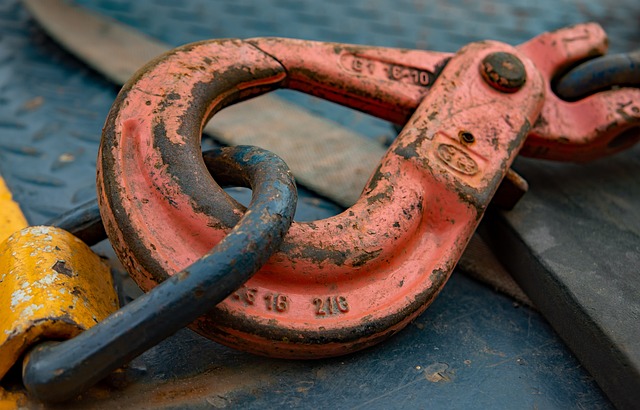To fix a leaky faucet (How to Fix a Leaky Faucet), start by identifying its source, which can be at the base, handle, or connections under the sink. Common causes include loose fittings, worn-out O-rings/washers, or faulty water lines. Inspect the faucet for damage, wear, and visible water droplets; identify its type (compression, cartridge, or ceramic disk) to determine the repair approach and necessary parts. Leaky faucets can be categorized into three types based on their causes, with many DIY repairs involving simple tools and available parts.
Struggling with that pesky leaky faucet? You’re not alone. It’s a common household dilemma, but fear not! This guide will help you fix it fast and efficiently. We’ll walk you through identifying the source of the leak, gathering the right tools and materials (including a list of necessary parts and sealants), and providing a step-by-step disassembly and reassembly process. By following these simple instructions, you’ll have a tightly sealed faucet in no time, saving you time and money. Let’s get started on fixing that leaky faucet!
- Identify the Source of the Leak
- – Visual inspection of the faucet
- – Common types of leaky faucets and their causes
Identify the Source of the Leak

To fix a leaky faucet, the first step is to identify its source. Start by observing where the water is seeping from. Leaks can originate from various parts of the faucet—the base, handle, or even the connections under the sink. Check for loose fittings, worn-out O-rings or washers, which are common causes of leaks. Inspecting these components will help you understand if the repair involves replacing these parts or adjusting a specific mechanism within the faucet.
If the leak is coming from the base, it might indicate a faulty water supply line connection that needs tightening or replacing. For leaks at the handle, inspect the O-ring or washer inside and replace them if necessary. Remember, understanding the source of the leak is key to effectively fixing a leaky faucet efficiently.
– Visual inspection of the faucet

When dealing with a leaky faucet, the first step is to conduct a thorough visual inspection. Look closely at the faucet handle and spout for any signs of damage or wear. Check for loose connections, corroded parts, or broken seals. A leaky faucet often exhibits visible droplets of water leaking from these areas. By identifying the source of the leak, you can determine the most effective solution to fix it fast.
During your inspection, pay attention to the type of faucet you have, as this will influence the repair process. Common types include compression, cartridge, and ceramic disk faucets, each with unique components that may require specific replacement parts or tools for efficient fixing.
– Common types of leaky faucets and their causes

Leaky faucets can be categorized into three main types, each with distinct causes. The most common type is the cartridge faucet, often found in bathrooms and kitchens. Over time, the cartridge’s O-ring or washer wears out, allowing water to leak from the spout or handle. This issue is relatively easy to fix by replacing the cartridge. Another type is the compression faucet, where leaks typically occur at the stem or base due to worn-out seals or packing. The third is the ceramic disk faucet, known for its smooth operation, but prone to leaks if the ceramic disks erode or become contaminated.
Addressing a leaky faucet promptly is essential, as it not only wastes water but can also lead to higher than expected water bills. The causes vary, but solutions exist for each type. Many DIY enthusiasts find that fixing a leaky faucet is a straightforward process, often involving simple tools and readily available parts. By understanding the specific issue, one can efficiently implement how to fix a leaky faucet strategies tailored to each type.
Fixing a leaky faucet isn’t as tricky as it seems. By first identifying the source of the leak through a visual inspection, you can determine whether the issue lies with the washer, O-ring, or cartridge. With basic tools and a few simple steps, you can tackle common types of leaks and restore your faucet’s functionality quickly and cost-effectively.
